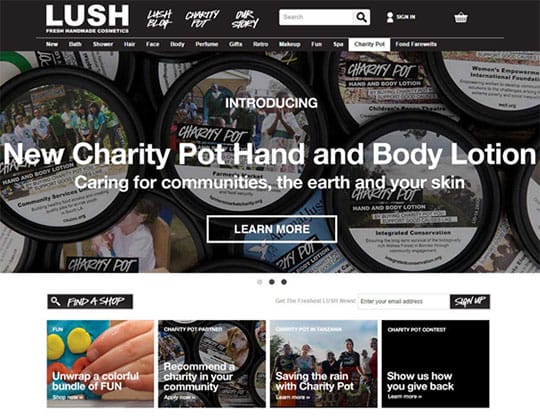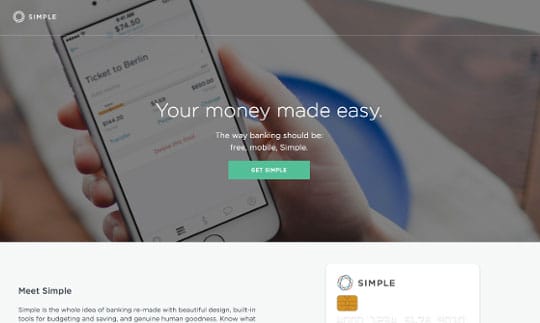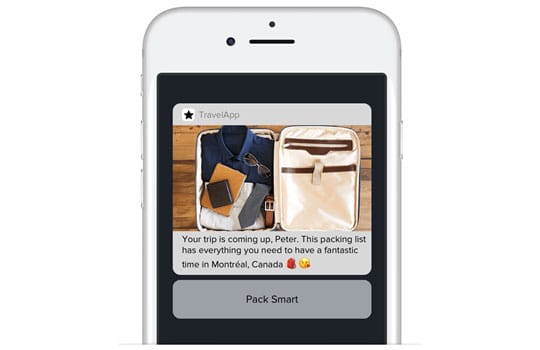You’re planning to send out re-engagement emails to drive conversions. But you don’t want to send out the email to loyal customers who have made a purchase recently, right? It could be annoying for them and you could risk losing their interest in your brand. That is the reason marketers need customer segmentation. One size doesn’t fit all and you have to plan your marketing strategies to deliver relevant messages to the right audiences at the right times.
But what is a segmentation and how can you do it? Let’s take a closer look at segmentation to gain a better understanding of its role in marketing.
Segmentation

As Philip Kotler and Gary Armstrong defined, segmentation is “dividing a market into distinct groups of buyers who have distinct needs, characteristics, or behavior and who might require separate products or marketing mixes.”
Segmentation is highly recommended for marketers who are handling a particularly large customer base so that they can know whom to prioritize.
Recommended for you: How Pros are Winning the Digital Marketing Game?
Basis of Segmentation

Proper segmentation can help you formulate your marketing strategies effectively. Before we get into a deeper discussion about this, we have to keep in mind the four major factors of segmentation.
1. Demographics
 Demographic segmentation is done based on different demographic factors like age, gender, occupation, income group, education, social standards, family size, etc. This is the primary basis of any segmentation exercise.
Demographic segmentation is done based on different demographic factors like age, gender, occupation, income group, education, social standards, family size, etc. This is the primary basis of any segmentation exercise.
For example, if Amazon wants to promote their smart home products, they have to consider segmentation based on income groups, education level, social standards, etc.
2. Geographics
 Geographic segmentation is dividing customers according to where they are from and/or where they live. This is important for expanding your business. This also helps you decide which location is best for marketing your product.
Geographic segmentation is dividing customers according to where they are from and/or where they live. This is important for expanding your business. This also helps you decide which location is best for marketing your product.
For example, if Home Depot wants to sell a snow shovel they should show their advertisements to New England customers rather than to Florida customers. For them to decide which customer is from where they need to do geographic segmentation. That is why, on Google AdWords, it’s very important to select the right location.
3. Psychographics
 Psychographic segmentation is based on customers’ personalities, social classes, lifestyles, opinions, interests, etc. This is a much more in-depth study of customers and it helps you carry out segmentation more accurately. This is a very complex way of doing segmentation and, if done right, can help you reach your marketing goals.
Psychographic segmentation is based on customers’ personalities, social classes, lifestyles, opinions, interests, etc. This is a much more in-depth study of customers and it helps you carry out segmentation more accurately. This is a very complex way of doing segmentation and, if done right, can help you reach your marketing goals.
For example, from demographic segmentation, we know which income group to cater to for luxury cars. If we go deeper and know which lifestyle, interest, or personality segment they fall into, we may discover that not all wealthy customers are interested in luxury cars. Maybe they fall into a personality segment which believes in giving back to society.
Lush, a cosmetic company, interestingly satisfies this value in customers.

4. Behavioral
 Behavioral segmentation is done based on customer behavioral patterns. This includes buying behavior, usage, loyalty, and occasion-specific behavior.
Behavioral segmentation is done based on customer behavioral patterns. This includes buying behavior, usage, loyalty, and occasion-specific behavior.
For example, there are many customers who use a lot of beauty products. On the other hand, there are customers who use only a few beauty products. If brands have a clear segmentation based on usage, they can create different sizes and combos of their products to suit specific segments.
Additionally, if you get to know their buying patterns in term of frequency of buying, budget spent, and what motivates them, you can further customize offers for them. This is very useful for B2B and smaller customer groups.
How Customer Segmentation Drives Better Results

Here are a few major ways in which customer segmentation drives better results for your marketing efforts:
1. New Market Entry
 Segmentation can open doors into different kinds of new markets. A new market could be a new geographic area. For example, when IKEA wanted to expand globally, they considered India and Thailand, which also have a need for affordable furniture.
Segmentation can open doors into different kinds of new markets. A new market could be a new geographic area. For example, when IKEA wanted to expand globally, they considered India and Thailand, which also have a need for affordable furniture.
It can also be in terms of adding a whole new product line after discovering a new segment. A vegetable seller may introduce a product line of pre-cut vegetables if they understand the increasing need of their customers to have veggies ready-to-use.
New markets can also involve catering to customers through different channels. For example, a previously online-only business could set up a new flagship store after realizing the need of many of their customers to get immediate access to their products.
2. Better Communication Strategy
 When your customers are well segmented, it helps your position your brand better.
When your customers are well segmented, it helps your position your brand better.
For example, the banking app, Simple, targets a segment that is young and tech-savvy. They want everything easy, quick and hassle-free. Therefore, they have positioned themselves as simple in terms of name and usage.

In today’s digital marketing landscape, segmentation has become all the more important. When your content marketing strategies get the best results when your customer database is well-segmented. Segmented email marketing campaigns, for instance, get 100.95% more clicks than non-segmented campaigns.
3. Media Selection
 Which demographics and geographic segments use which types of media? Not sure? You can find out with psychographic and behavioral segmentation. All of these segments narrow down characteristics that help us understand their media usage. Then you can select the right media platforms based on your segmentation.
Which demographics and geographic segments use which types of media? Not sure? You can find out with psychographic and behavioral segmentation. All of these segments narrow down characteristics that help us understand their media usage. Then you can select the right media platforms based on your segmentation.
Segmentation tells you who is shopping on a mobile app and who is shopping on the website. Apps also give you more info about your customer. Therefore, you may choose mobile as your form of media to send a more personalized message.

4. Better Focus
 If a marketer is handling a large customer base, segmentation gives them the opportunity to prioritize and focus on the right people. Segmentation helps you focus more on the segments that are easiest to convert or segments that need special attention.
If a marketer is handling a large customer base, segmentation gives them the opportunity to prioritize and focus on the right people. Segmentation helps you focus more on the segments that are easiest to convert or segments that need special attention.
If a small group of customers is more profitable than a large chunk, you should focus your marketing on the more profitable one. But you can only find out that information from a segmentation exercise.
Also, while doing the segmentation exercise, you need to keep in mind that a particular segment should be expandable.
For example, Walmart caters to the middle class and leverages economies of scale. This segment is highly expandable and Walmart is doing it successfully.
On the other hand, Blackberry failed because they couldn’t expand properly.
5. Customer Retention
 Segmentation means you get more knowledge about your customers. More knowledge helps you to customize products, services, and offers for your customers. If that’s done correctly, your customers will feel special and stick with your brand.
Segmentation means you get more knowledge about your customers. More knowledge helps you to customize products, services, and offers for your customers. If that’s done correctly, your customers will feel special and stick with your brand.
Segmentation for retention means segmentation of customers based on their lifecycle. Let’s say segmentation gives you information that they have left items in their cart. Or maybe it gives more information on why customers are not coming back to your e-commerce site. Once you know the problems, you can find solutions for them.
For example, if you know how much your customer has spent on your product so far, and a few demographic details like gender and name, you can offer them special discounts or rewards based on that information.
Sephora offers free shipping or a makeover to their loyal customers in order to retain them further.

You can also use CRM tools like Salesmate to focus on every single customer and prospect and communicate with them efficiently.
Such tools can help you track when your customers engage with your emails, capture leads, and automate tasks to deliver them a more personalized experience.
This can, in turn, help you channelize your marketing and sales pipelines, boost productivity, sell faster, and retain customers.
You may also like: How Creating Memes Can Help You in Your Online Marketing Efforts?
It’s Easier Said Than Done

Performing segmentation exercises can be a time-consuming task. However, there are now top marketing automation tools that can help you perform basic segmentation, especially in terms of the customer lifecycle. Segmentation not only helps you formulate a better strategy but also helps you focus on your most profitable customers.
Segmentation also gives you more information about your customers’ interest and choices, which may help in product innovation. And it can even tell you what price they are willing to pay. Proper customer segments also give you more upselling and cross-selling opportunities.
Has segmentation helped improve your marketing strategy, or do you have any tips to share? Share your views in the comment section below.



